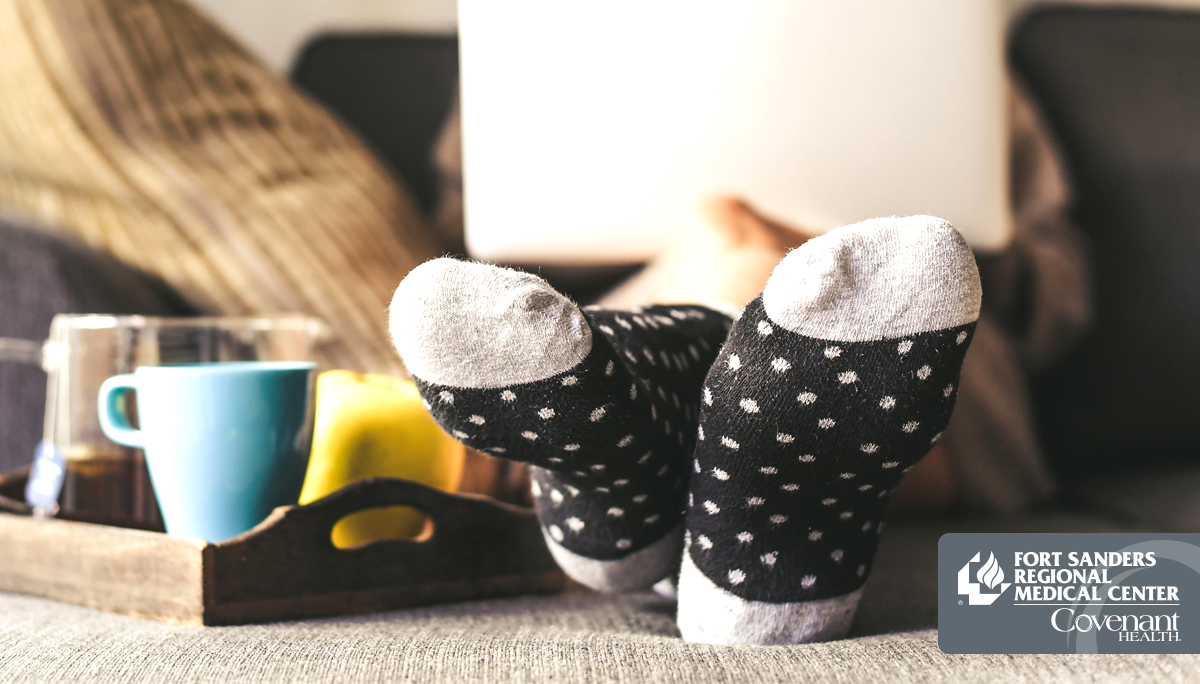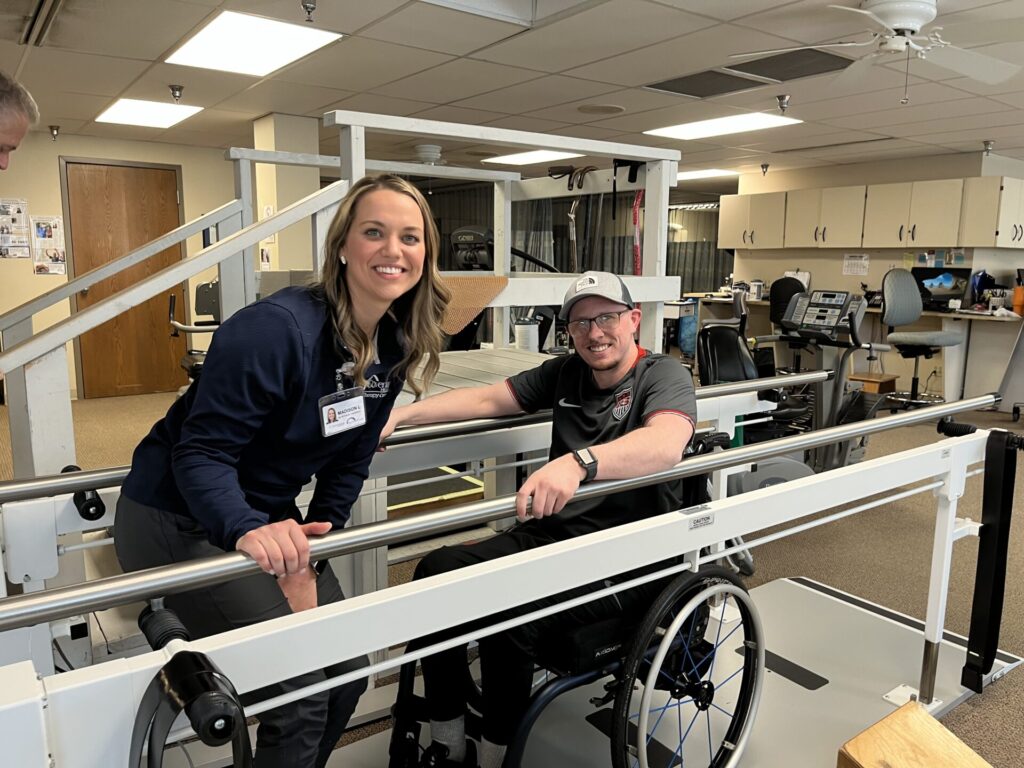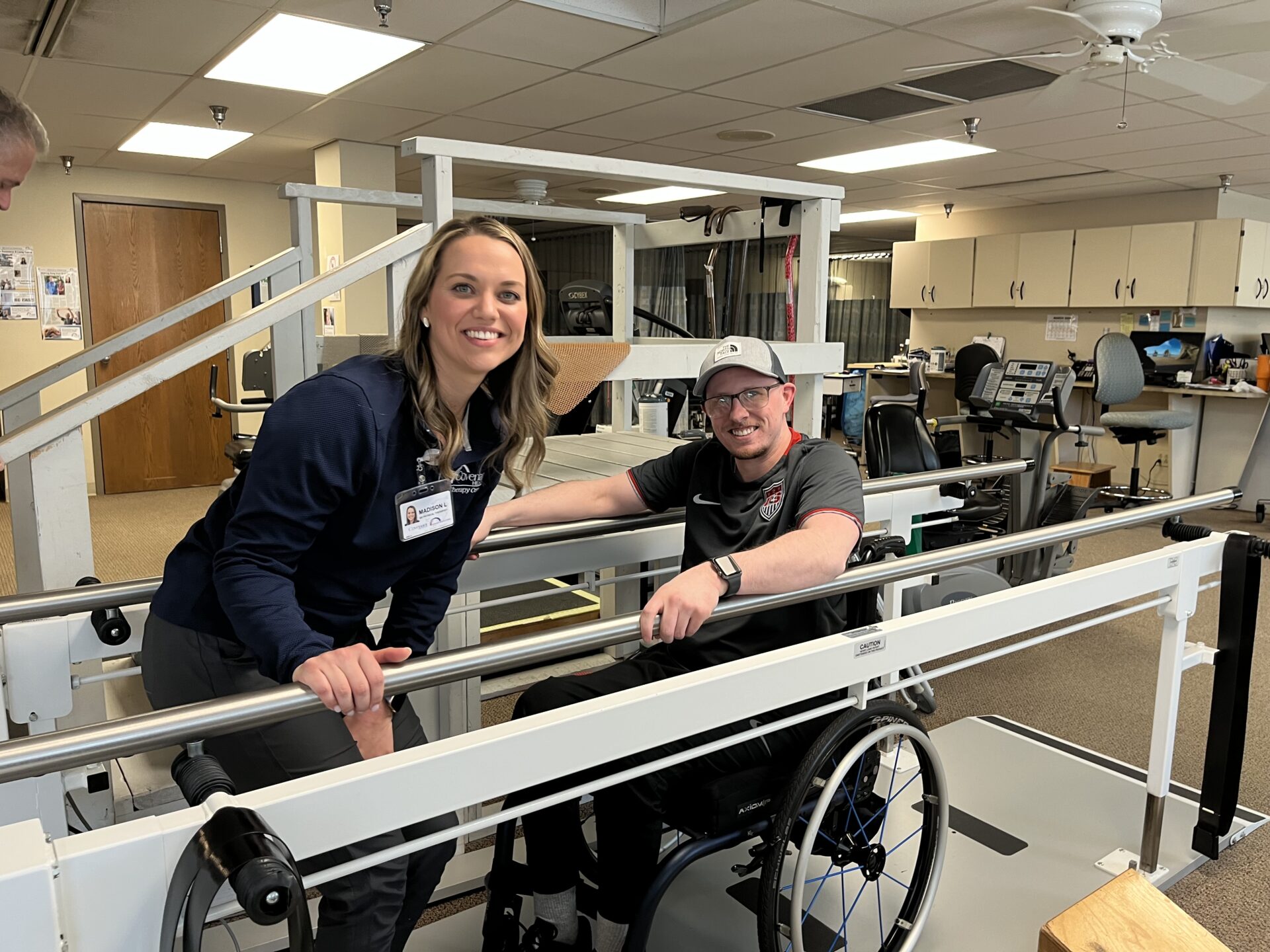- Find a DoctorDoctors by Specialty
- Cardiac Electrophysiology
- Cardiology
- Colon & Rectal Surgery
- Family Medicine
- Gastroenterology
- General & Vascular Surgery
- Gynecological Oncology
- Gynecology
- Infectious Disease
- Internal Medicine
- Interventional Cardiology
- Interventional Radiology
- Nephrology
- Neurology
- Neurosurgery
- Obstetrics & Gynecology
- Oncology
- Oncology & Hematology
- Orthopedic Surgery
- Otolaryngology
- Perinatology
- Psychiatry
- Pulmonary Medicine
- Radiation Oncology
- Rheumatology
- Sleep Medicine
- Thoracic Surgery
- Urology
- View All Doctors
- Our ServicesMedical Services
- Bariatric Services
- Behavioral & Mental Health
- Breast Care
- Cancer Care
- Critical Care
- Ear, Nose, & Throat
- Emergency Services
- Gastroenterology
- Glossary
- Heart Care
- Home Care
- Hospice & Palliative Care
- Imaging & Diagnostics
- Long-Term Care
- Nephrology
- Orthopedics
- Primary Care
- Rehabilitation Therapies
- Robotic-Assisted Surgery
- Sleep Services
- Spine Care
- Stroke Care
- Surgery Services
- Telehealth Services
- Urology
- Urgent Care
- Virtual Urgent Care
- Women’s Services
- Wound Care
- Our Locations
- Patients & Visitors
- About Us
 As the COVID-19 pandemic continues evolving, it’s understandable to feel increasing levels of stress. Everyone has stress and feels its effects, particularly now. Managing stress is important for individual and family health both in the short and long term.
As the COVID-19 pandemic continues evolving, it’s understandable to feel increasing levels of stress. Everyone has stress and feels its effects, particularly now. Managing stress is important for individual and family health both in the short and long term.
Short-term effects of stress include headaches, shallow breathing, trouble sleeping, anxiety and upset stomach. Long-term (chronic) stress can raise the risk for heart disease, back pain, depression, constant muscle aches and pains and a weak immune system. Chronic stress can also negatively affect your emotions and behavior.
Read about a few methods to keep stress at a minimum and reduce its effects on health below.
Take a breath
- Start by sitting up straight.
- Breathe in so your rib cage expands, and then breathe out slowly. Breathing in this way relaxes muscles. This helps to reduce tension. It also reduces the likelihood of muscle and back pain.
- Focus on a word, a mantra, or even your breath by focusing on your nostrils. Feel the breath coming in and going out. This method shifts focus onto something other than your problems.
- Do this for 10 to 20 minutes, twice a day.
Try Progressive Muscle Relaxation
Progressive muscle relaxation (PMR) is a stress-relief technique that guides someone through relaxing muscle tension—one of the body’s physical reactions to stress and anxiety. Once the body feels physically relaxed, anxiety and stress tend to disappear.
Preparing for PMR:
- Find a quiet, comfortable spot to practice.
- Sit up or lie down while you practice.
- Have a blanket or sheet handy. Often when people are relaxed, they find they are cooler and need a light blanket.
- Take a few minutes to think about your breathing. (You can keep your eyes open or closed.) Try to do stomach breathing. Fill your stomach as you breathe in and then breathe out. Begin to slow your breathing down. Try to focus only on your breathing.
Practicing PMR:
- Take in a deep breath. Hold that breath for a count of 4, let it out, and begin to relax. Do this about 4 times. As you breathe in, think about good, soothing energy flowing in. As you breathe out, breathe out your stress and bad thoughts.
- Allow your mind to focus on one body part at a time. Move from the top of your head all the way down to your toes.
- Relax your head and your scalp. Repeat this 2 or 3 times.
- Move down to your eyes. Relax your eyes and the muscles around your eyes. Squeeze your eyes tight for 4 counts, then relax. Notice the difference in your eyes and face when your eyes are squeezed and tense, and when they are relaxed.
- Focus on your mouth. Relax your mouth. Allow it to go limp. Move down your neck, and relax your neck muscles. Relax your shoulders.
- When you get to your arms, you may relax them one at a time or both at the same time. You may even choose to relax each finger, one at a time.
- Move all the way down to your toes, focusing on one body part at a time.
Visualize
- Sit or lie down and close your eyes.
- For 5 to 10 minutes, imagine you’re in a place you love. This may be the beach, the mountains, or the house you grew up in. Breathe slowly and deeply as you imagine what you see, feel, hear, taste, and smell in your special place.
Be patient
Be patient with yourself and with this process. It’s important to find a method that works for you on an ongoing basis, not just when your life is out of control. Doing this regularly can give you a place of calm to return to when the going gets rough.
























